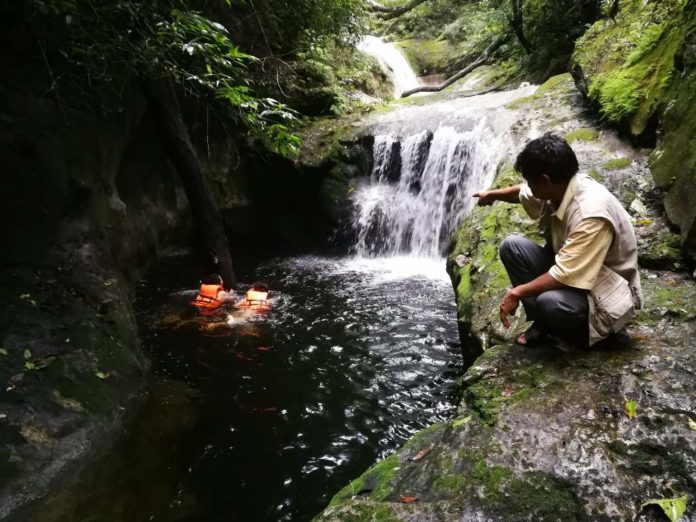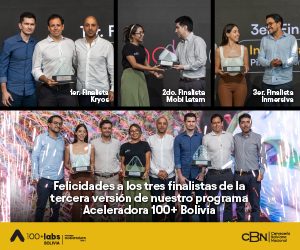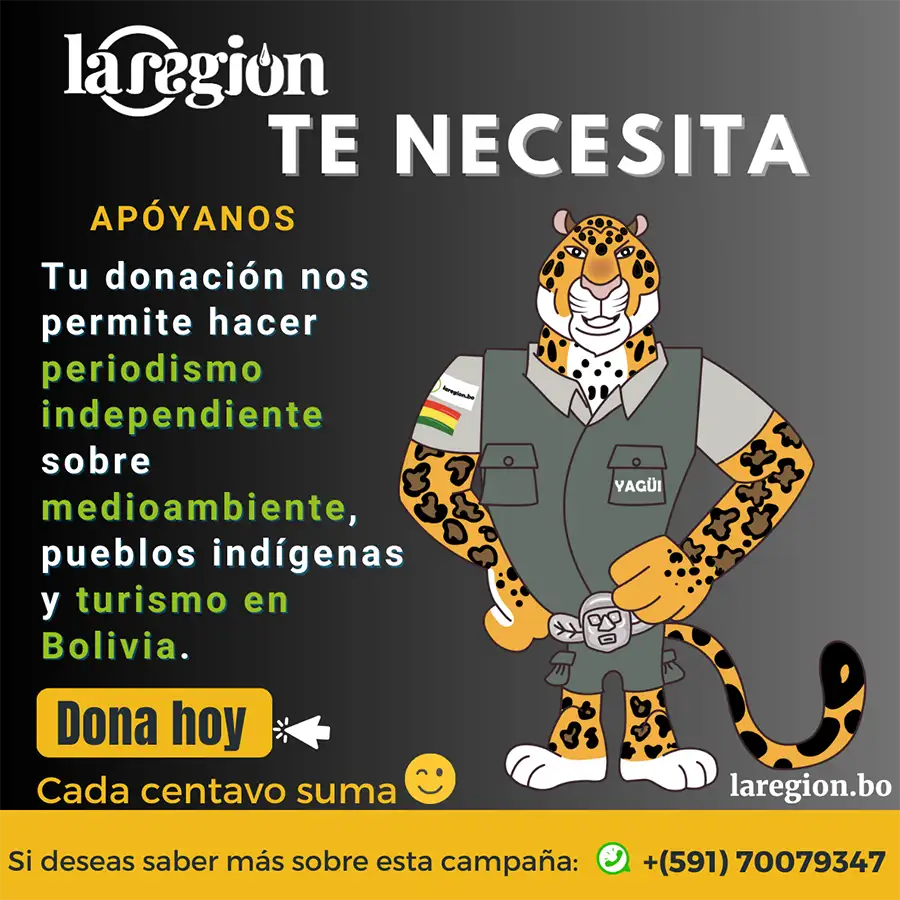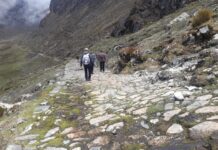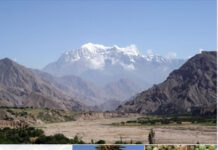The road to Villa Amboró is a tangle of sandy paths in the middle of a dense forest. When it rains, the four-wheel drive vehicle sways as if it were shaping a deep baton in its wake.
To get there, one crosses streams and the mighty Surutú -sometimes- with the water inside the car. Those who live in this area know that in the wet season they must go out to wait for travelers. To do so, they dive almost halfway down the river, feeling the less rocky areas with their feet and marking the rocky ones with long wild reeds. Once in the place, everything will have been worth it.
Villa Amboró is today a community of 47 families. It is located in the northern sector of the Amboró National Park’s Integrated Management Natural Area (Área Natural de Manejo Integrado /ANMI), 150 km from Santa Cruz de la Sierra. It can be accessed through the municipality of Buena Vista and now also through Porongo. In both cases, the roads are inaccessible during heavy rains.
In the town there is a middle school, a soccer field, loose horses that trot freely from one side to the other, children and young people watching television on a Saturday afternoon, military macaws (Ara militaris) that fly and let their chattering be heard as they pass by. In the surroundings, there are houses with wide dirt yards, skinny dogs and fat chickens. Almost in the hill, land of farmers whose parents arrived back in the 70s, mainly from Chuquisaca and Potosí, although over the years they were joined by people from Cochabamba and La Paz.
Read more: In two years, fire reaches 55 protected areas and 22 of them support fires twice continuously
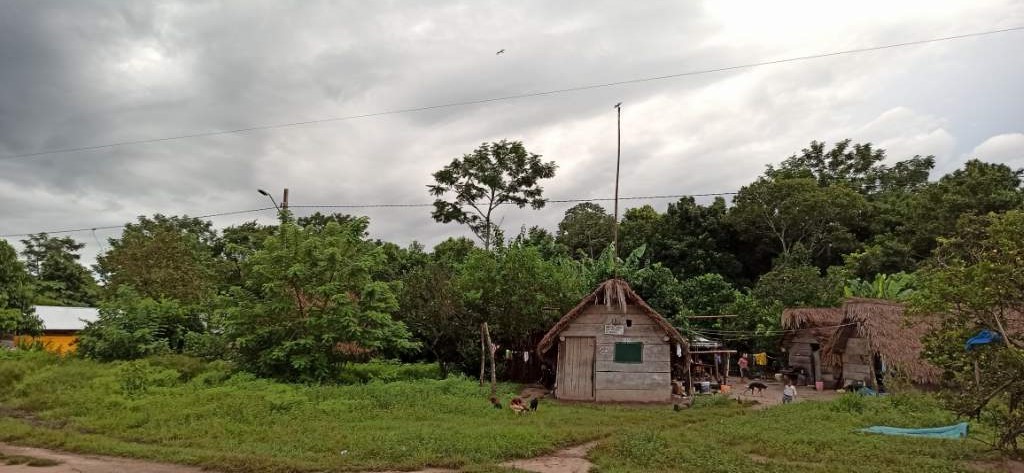
- The places where we were born had no opportunities. I came from Chuquisaca, where my father had five hectares of land. One day we knew that here we could have more. First my father came, then he brought all of us. We liked the place, it was so beautiful, the rivers to swim in, fish. It was wonderful. There was no school, but we had a private teacher. That’s where I met Esteban and Hugo, so now that we are older, we are like brothers.
Pablo Mamani Huanca is the current president of Tourism for Villa Amboró. With a round face and a broad smile, he tells how the first inhabitants made the roads.
In the beginning, agricultural activity – potatoes, vegetables, rice, yucca – was fundamental in the area. This meant that, at certain times, “chaqueos” or burning had to be done to clear the land. The risk was that a strong wind would spread the flames and they would enter the forest, causing forest fires.
In 1984, when the Amboró National Park was created, the first thing that was requested was the relocation of the community.
Esteban Álvarez, Secretary of Conflicts and Viability of the Villa Amboró union, sees in this conflict the birth of what years later – in the 1990s – would become one of the first community-based tourism projects in a protected area in Bolivia.
They wanted to get rid of us because they called us predators. They wouldn’t even let us put our cattle in the river. They offered to take us to another place, but we did not want to move. After that we saw that foreigners were coming in to go for walks (to the waterfalls and other natural attractions).
From adversity a project is born

Rosa Virginia Suárez, general coordinator of Probioma – an NGO specializing in agroecology, biodiversity management and ecotourism – recalls that she first met the Villa Amboró community members about this problem.
In the 1990s, the government of Gonzalo Sánchez de Lozada (1993-1997) was interested in privatizing protected areas, she says. The situation provoked concern and sensitivity in the farming communities, which led to the separation of the strictly protected area from the integrated management area.
- This happened in all the national parks. Villa Amboró was a community of Andean migrants, mostly from Chuquisaca, who settled inside Amboró Park. Their agricultural activity was small-scale, but faced with the threat of privatization, they came up with a counterproposal: to work together with the State, in this case Sernap (National Service of Protected Areas), but they needed to manage the natural resource,” says Suárez.
The area where these people were located was already famous for its proximity to Macuñucú, a natural waterfall hidden in the middle of the forest. So the idea arose to start a community-based ecotourism initiative, managed by the people themselves, not by any government or tourism agencies.
The “Unnamed waterfall”, in the area of Macuñucú, is one of the main attractions. Photo: Doly Leytón Arnez
- It was a way to introduce them to the importance of biodiversity, not only for the country but for the world. We talked to them about how to conserve, respect and care for nature. Also, how these resources could benefit them and complement their agricultural income with ecotourism.
Esteban says they began to raise awareness, but for the community there was another problem: money. Probioma offered a borrowed fund of three thousand dollars, which in the end turned into a lost fund. “We invested that in materials. We all put in the labor,” says Esteban.
For ten years (1996-2006), the NGO trained people in guiding, ecology and nature characteristics. At the same time, customer service coaching was provided. A separate challenge,” says Suárez, “considering that at that time in Villa Amboró there was no electricity, water at home, services or access to health care. “The closest was Buena Vista, which is two hours away by car, crossing the Surutú and Ichilo rivers. They lived in total isolation.
But in 1997 the effort paid off. The Villa Amboró Eco-lodge was inaugurated: a group of comfortable cabins with palm tree roofs, large bathrooms, garbage cans for organic and inorganic waste, a wood-burning stove and an ideal space to watch the stream flowing nearby, as well as to play outdoor games.
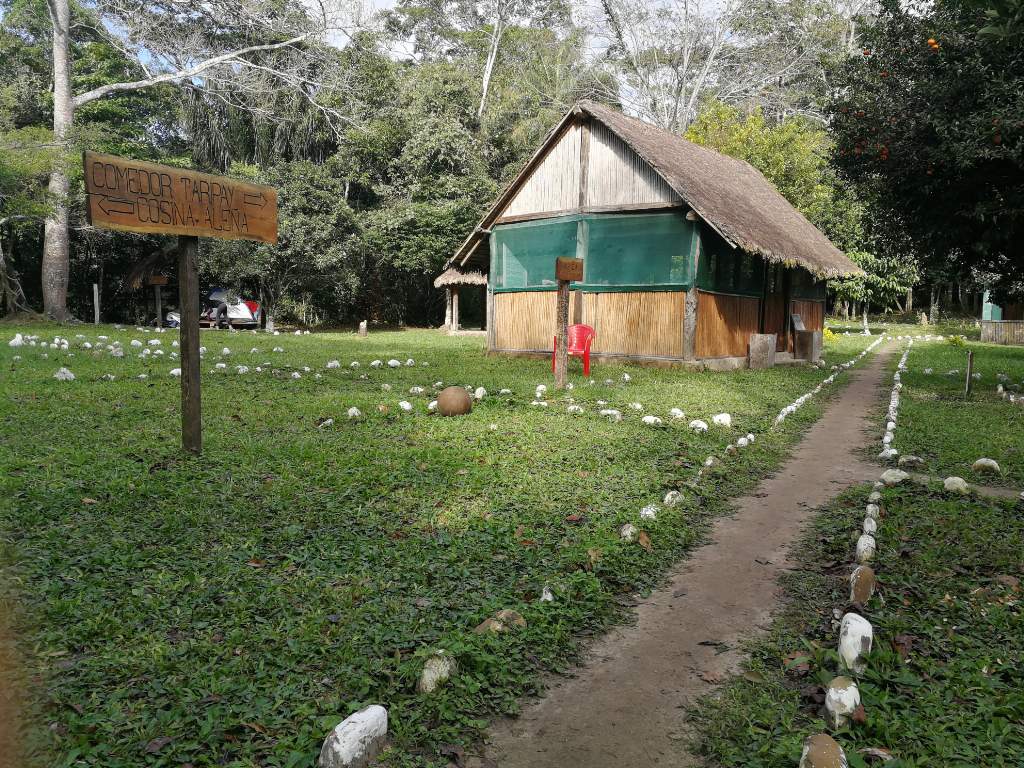
Asian, European, North American and national visitors began to arrive from all over to visit this small hidden paradise. With the income they left they were able to install a pipe so that the water could reach the neighbors and they no longer had to go to the paúros (natural spring water wells) or rivers to get it. They also invested in education, health and sports, says Mario Bejarano, president of the school board.
In a couple of worn log books of visitors who have passed through here over the years, one reads very favorable comments. Most of them highlight the good treatment; others suggest “that the electricity should not reach the eco-lodge to maintain the essence of ecotourism”.
With all these achievements, Probioma saw that the enterprise was walking alone, so it decided to retire in 2006.
Hugo Rojas, vice-president of Tourism, assures that people understood that the issue went beyond that.
- Our interest was never just to raise funds, but to leave this site as a legacy for our children. We know that, if we take care of it, it can last for years. The waterfalls will not be affected by epidemics, the (natural) pools will be maintained. You are not going to see garbage anywhere, because the purpose is to take care of the environment, to educate our children to take care of the environment. This is the lung of Santa Cruz.
The relentless passage of time
The cabins in need of repair. They are more than 14 years old and the roofs have already fulfilled their life cycle, say the comments.
For more than a year the cabins of the ecolodge have been closed. The palms of the roofs have reached their expiration date and the forced closure due to the Covid-19 pandemic caused vermin such as rodents to wear out other parts.
Hoping to reactivate tourism, this year the leaders traveled to La Paz to request support from the Vice-Ministry of Tourism, but they were told that there was no budget. Lorenza Tenorio, current secretary general of the union and highest community authority, also sees a lack of interest on the part of the Mayor’s Office of Buena Vista.
Born in La Paz, this tall woman, with thick hands and wide skirts, says that the coronavirus has reduced income from ecotourism and that it is not possible to finance the needed repairs.
- Road accesses are not as they should be. Here one has to produce to eat and sell, but if there are no roads, there is no way to do it,” she laments.
The visit of tourists generates ten direct jobs, because there is a cook, guides and a whole team of community members who make sure that the visitors feel at ease and relaxed. Indirectly, cheese, milk, chicken, yucca, fruit and other products from other neighbors are purchased to feed the guests.
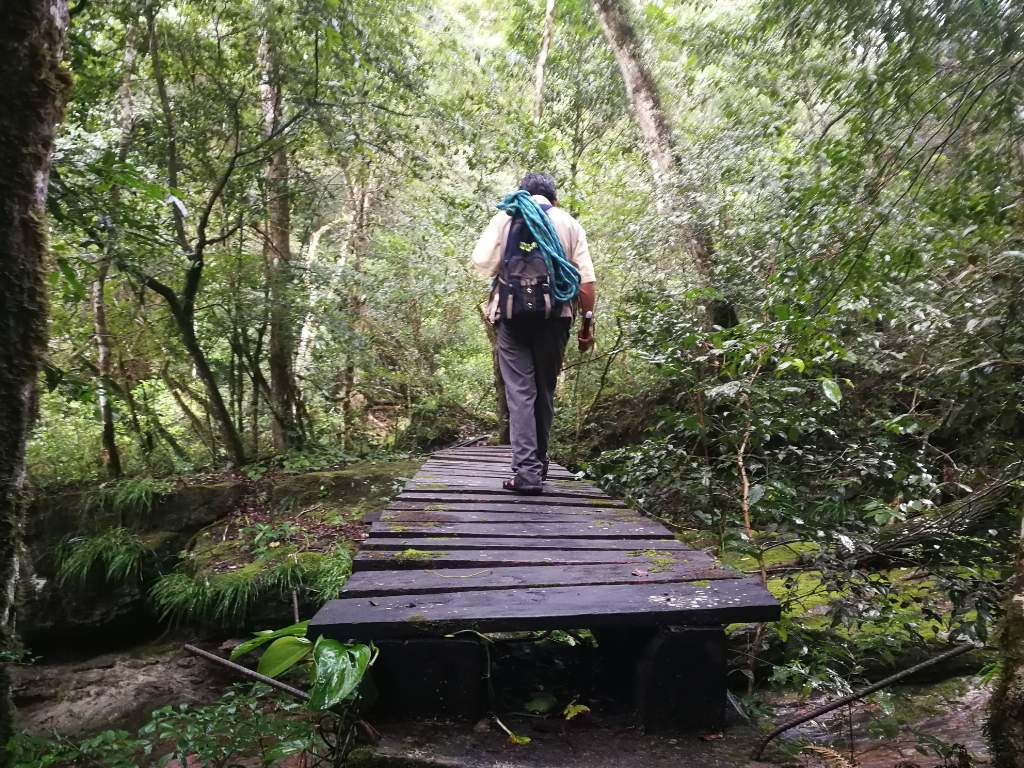
In addition, Villa Amboró is currently producing coffee, citrus and banana varieties to take to the city, which are also offered to people who come to visit the area.
Marcos Rojas Rodríguez, for example, assures that his coffee production is sold successfully in La Paz. He also has citrus plantations and a graft called “orange of seven flavors”.
That is why the locals insist that they do not need “a lot of money”, but only what is necessary to repair the roofs. Their social organization system is so efficient that, despite coming from different cultures (mainly Quechua and Aymara), they have managed to ensure that everyone is aware of their obligations to their community.
- This resource that we have (the protected area) is our responsibility, but it should also be the country’s responsibility. The visitors who come not only contribute to the community, but also to the environment. Because having this (the enterprise) does not allow us to continue to burn to clear the land to plant rice or cassava. But if there is no other income, people are forced to farm and that affects the environment,” Hugo reflects.
Disconnected from the rhythm of the city
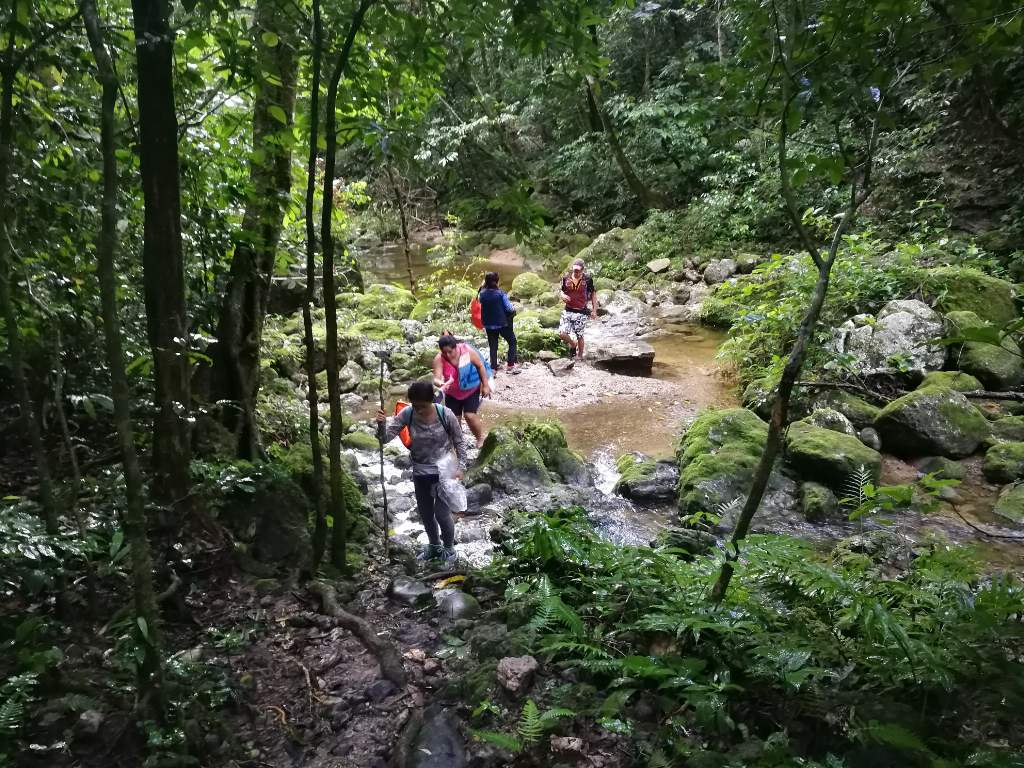
Those who choose to visit Villa Amboró, either to visit its natural tourist attractions or simply to rest in total disconnection from the modern world, are never disappointed.
From the sunrise lulled by the song of various birds, to walking for hours in the middle of giant trees, thick trunks and long branches, everything ends up being an adventure. At the end of each tour, finding natural waterfalls that invite you to refresh yourself is a restorative break in every sense.
As for the food, local products form the main basis of the dishes, but seasonal fruit is available. All this accompanied by prepared guides, who always have anecdotes, know the names of certain trees and the goodness of the plants that helped the villagers not to get sick from Covid, as they say.
Mario shows the fruit of one of the trees in the travesia. He says it serves as food for primates. Photo: Doly Leytón Arnez
There are three or four days in which there will always be something to do, even when the rain does not let up and the weather paints the skies gray. Among those in charge of welcoming people, it is noticeable how the modern concept of ecotourism is understood, very fused with the typical friendliness of the place.
They even ask if any of the visitors is vegetarian or has an illness that requires a particular diet. For this Estefanía Arenas Cárdenas, in charge of the food, works even from the early hours of the morning, so that the food is always on time, with flavors between Andean and oriental. Perhaps the only thing this paradise lacks is good road access. When returning to the city reality, one finds people who are experts in crossing rivers by swimming or on foot; with young people carrying motorcycles in the middle of the riverbed, and vehicles pulled by others of greater power because some were left in the middle of the dreaded Surutú. “Let the authorities know that this is how life is lived in this area; that this is how the children go to school, crossing rivers. Let them know that we exist,” says a teacher.
Recommended operator: Naturaleza Extrema (Click here to see their offer)
This post is also available in:  Español
Español




